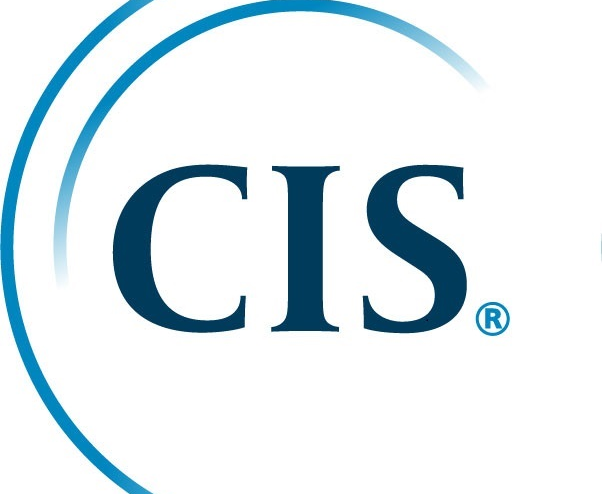Ashburn, Virginia – August 23, 2017 — SteelCloud LLC announced today that it has become a CIS
SecureSuite member. Through this membership, the company is further bolstering its
cybersecurity defense coverage by adding comprehensive CIS (Center for Internet Security)
content to its existing automated STIG remediation capabilities. SteelCloud leverages the CIS
Benchmarks, which are a consensus-based, internationally recognized security configuration
resources developed by experts around the world to enhance its patented policy remediation
technology, ConfigOS, to meet the needs of the growing corporate and government markets.
“We are pleased to expand SteelCloud’s commitment to CIS through our new CIS SecureSuite
membership,” said Brian Hajost, SteelCloud President and CEO. “CIS Benchmarks are important
industry-accepted system hardening standards used by organizations in meeting compliance
requirements for FISMA, PCI, HIPAA, and other security mandates. With ConfigOS, we are
delivering the most comprehensive solution for automating the remediation of system policy to
the newest CIS standards.”
“We are excited to welcome SteelCloud as a CIS SecureSuite member, and look forward to
collaborating with them to help enhance their cybersecurity posture,” said Curtis Dukes, Executive
V.P. and G.M., CIS Security Best Practices & Automation.
ConfigOS is currently implemented in enterprise environments, classified and tactical programs,
agile labs, and the AWS commercial cloud. ConfigOS is client-less technology, requiring no
software agents. ConfigOS scans endpoint systems for hundreds of CIS controls in under 60
seconds and then remediates the endpoints in under 90 seconds. Automated remediation rollback
as well as comprehensive compliance reporting are provided. ConfigOS was designed to harden
every CIS control around an application baseline in 60 minutes – typically eliminating weeks or
months from the accreditation timeline. ConfigOS automates the incorporation of documented
policy waivers to ensure flawless automated CIS remediation and compliance reporting.
ConfigOS addresses Microsoft Windows 7/8/10 and Windows Server 2008/2012/2016 along with
Red Hat Enterprise Linux 5/6/7 and CENTOS Linux.
To receive more information on ConfigOS, please contact SteelCloud at info@steelcloud.com.
Video demonstrations of ConfigOS Windows and Linux remediation are available on the
Company’s website, www.steelcloud.com, under the “Demos” tab.
